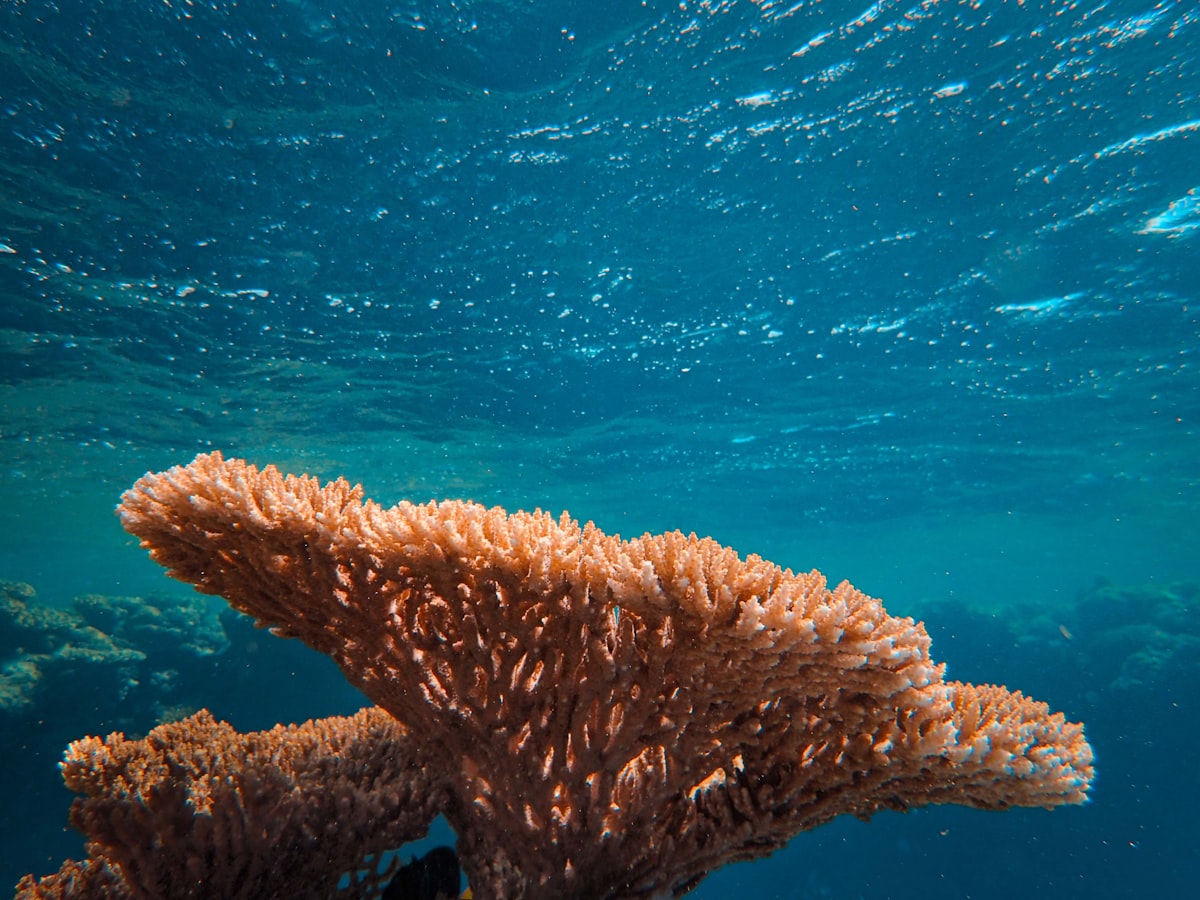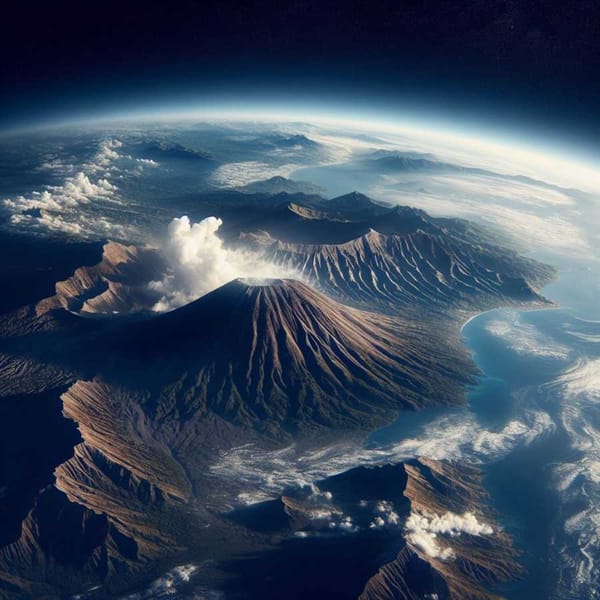Where do coral reefs grow and where are they located in Mexico?
Where do the corals grow? In the Mexican Caribbean, the Sian Ka'an reef is part of the Mesoamerican Barrier Reef System ( MAR). To the south of Isla Contoy in Quintana Roo, the MAR begins.

Have you ever wondered why beach sand varies in color? All over the world, beach sand is different; the grains vary in weight, thickness, and even color, depending on the location, waves, currents, and wind.
On the islands of Hawaii and Iceland, the sand is black and coarse; on the other hand, on the beaches of the Caribbean Sea, it is white and fine. The differences between the two are the location and conditions where the sand comes from. As Iceland and Hawaii are islands of volcanic origin, the sand is dark and is produced when the waves hit the volcanic rocks found at the seashore.
In the Caribbean Sea, on the other hand, the sand consists mainly of calcium carbonate, a compound that many organisms have in their skeletons, shells - such as corals, sea snails, sea urchins, crabs, and lobsters - which, when crushed by the waves or by animals that feed on them, is incorporated into the sea as grains of light sand. In addition to corals, snails, and sea urchins, these sites are also home to multicolored fish, turtles, manta rays, and sharks, and together they make up one of the most species-rich ecosystems in the world: the coral reef.
Coral reefs are extremely delicate. They can only grow when the water is nutrient-poor, sediment-free, crystal clear, and warm. On a globe, you can easily distinguish the places where they are found because the hottest areas of the planet are always within the band formed between the Tropic of Cancer and the Tropic of Capricorn. It is in these areas, and generally on the right side of the continents, that reefs develop.
Few underwater plants live on the reef; one of them is the seagrass that grows extensively in the reef lagoon; there, these large starfish find their habitat. The reef break, where the waves crash, is the highest part of the reef. Exposed to the current and the force of storms, much of the coral ceases to exist there.
Location of coral reefs in Mexico
Perhaps the best known for its extension and beauty is the so-called Great Barrier Reef of Australia, which encompasses approximately 2,800 reefs and measures 260 km wide and 2,000 km long. Because of its geographical location, Mexico is a privileged country; there are some important reef systems in the country.
In the state of Veracruz, there are those of Puerto de Veracruz and Isla Lobos, in Tuxpan; in the state of Campeche, those of Cayo Arcas and Cayo Nuevo; in the Gulf of California, there is a small one known as Cabo Pulmo; and finally, and perhaps the most important due to its extension, the Mesoamerican Reef System (MAR), of which Mexico has a part. The MAR begins at Isla Contoy, on the northern coast of Quintana Roo, passes through Belize and reaches Honduras, and also covers a small portion of the coast of Guatemala.
In this enormous reef system and over twenty thousand years of intense work, the different species of coral have spread over 1,000 kilometers. Although it is still a relatively young reef, for many people dedicated to the study of these ecosystems, the MAR is the second most important reef in the world, after that of Australia.
Sources: CONABIO




